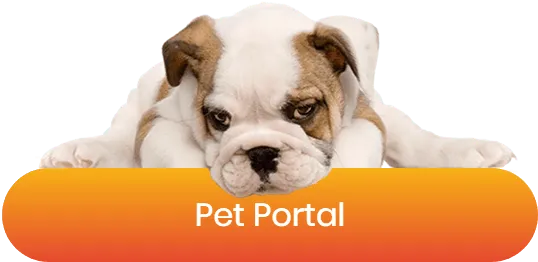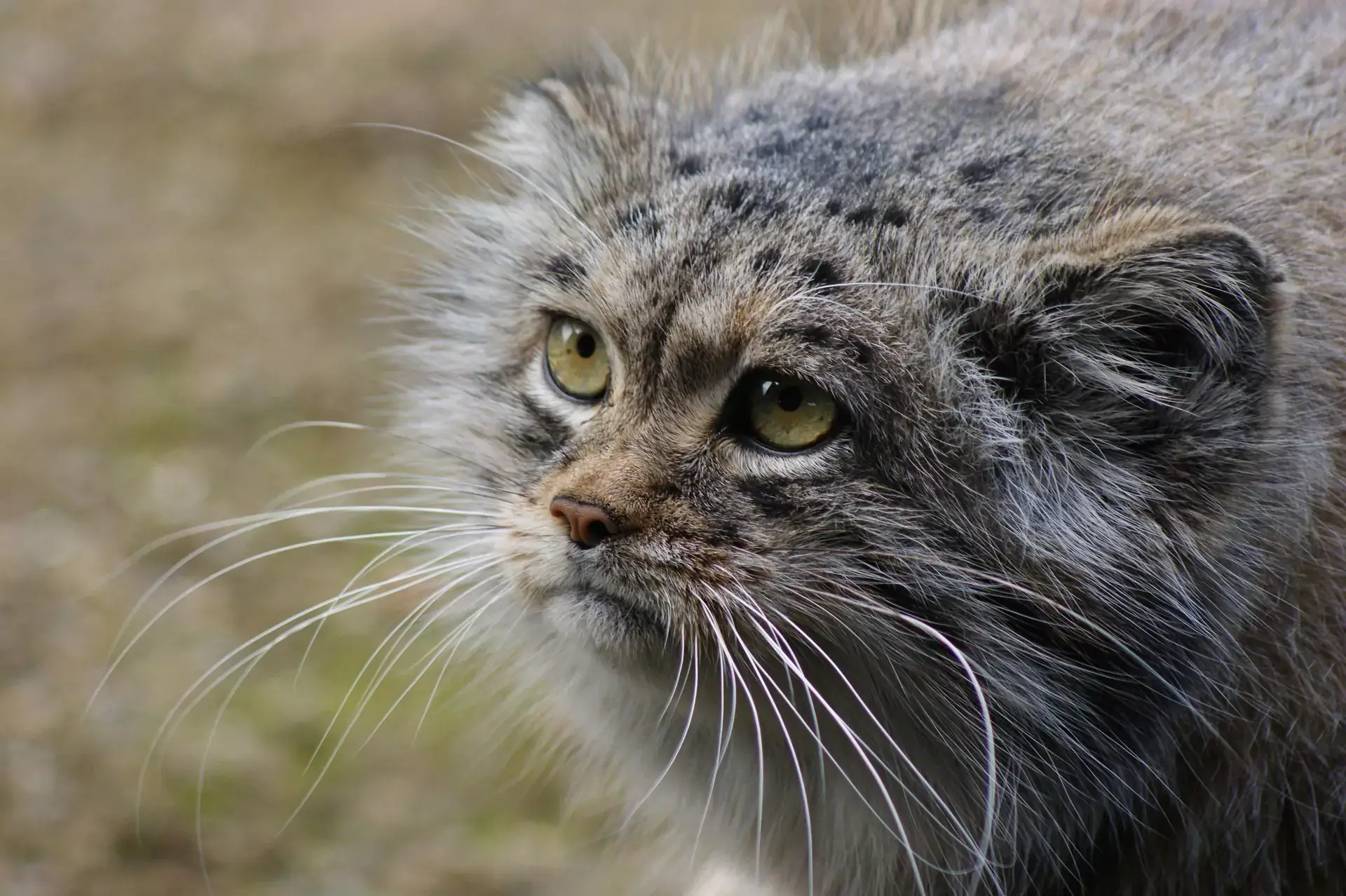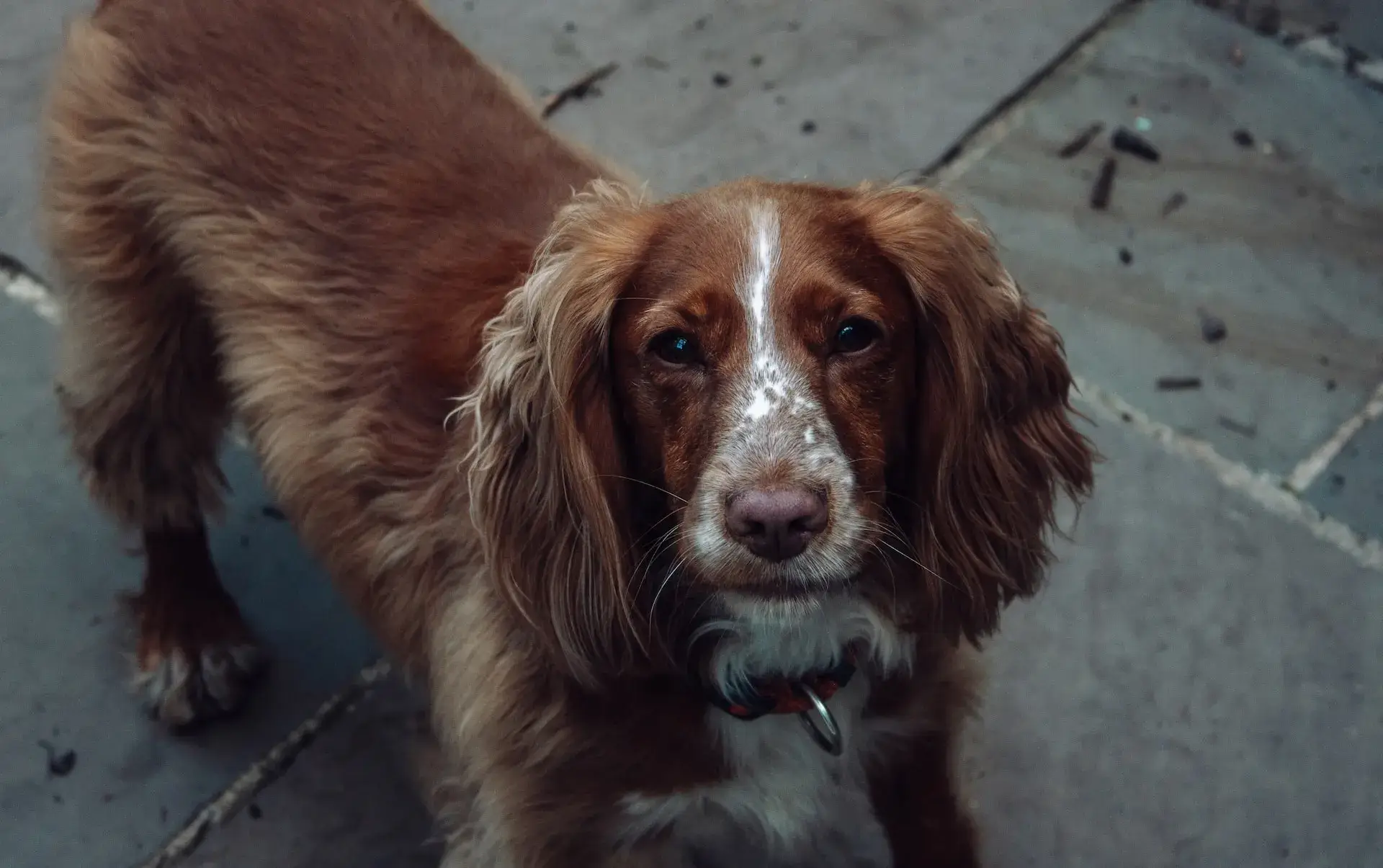Grooming A Senior Cat/Dog
As your dog ages, he probably won’t become much more fond of baths than he was before. However, they’ll be just as necessary now as always. You will need to take some extra care, though. Older dogs can be quite stiff and sore, which can make it very uncomfortable for them to be held, handled, and picked up. A Fort Myers, FL vet offers some advice on grooming an older pooch in this article.
Brushing
Brushing Fido regularly will get dead fur, dust, and dander out of his coat. This is important because these things can interfere with the insulating qualities of your pup’s fur. Just be very gentle. If your pooch has long hair, use a detangling brush to gently remove small mats.
Vacuums
Some vacuums make attachments just for pets. These do work well, but only if your four-legged friend is compliant. Don’t force Fido to submit!
Bathing
It may become harder for Fido to get in and out of the tub as he ages. If you can’t pick him up, you may want to start taking him to a groomer. Slips and falls can be very dangerous for our canine companions. You don’t want to risk your pup getting hurt! Your four-legged buddy will also become more sensitive to temperature extremes over time. If it’s chilly out, you can gently blow dry him, using a low setting.
Nails
Senior dogs’ nails often grow quite quickly. This can be a bigger problem than you may realize. If your canine friend’s claws are too long, it will be hard for him to get good traction, and it also strains his bones and joints. Keep up with those pawdicures!
Eye/Ears
Your furry friend’s needs here will depend on the type of fur he has, the kind of ears he has, and the shape of his head. Dogs with floppy ears are often a bit prone to ear issues, in part because their ear shapes naturally form a moist environment. You can gently wipe Fido’s face and eyes clean with a damp cloth or a clean cotton pad.
Tips
When grooming your canine pal, take the time to check him over. Take note of anything new, such as skin irritation, sensitivity, swelling, or lumps, bumps, or lesions.
Do you have questions about your pet’s health or care? Contact us, your Fort Myers, FL animal clinic!





